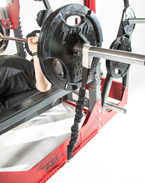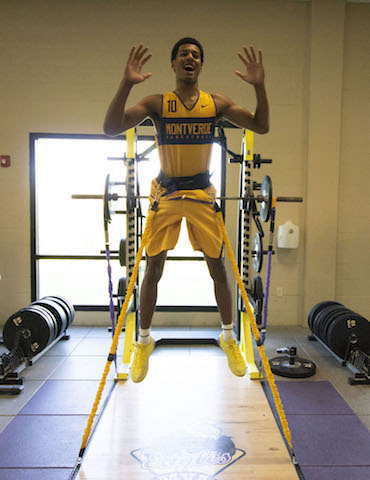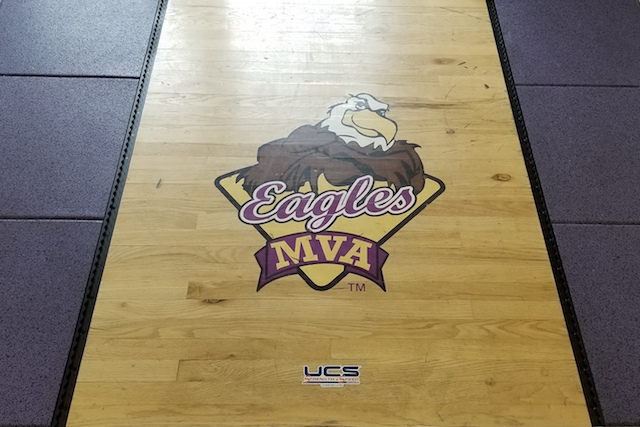No products in the cart.
Squat Rack Add-Ons Resistance cord systems for bench press and squat that can be used with any brand of squat rack.
Trak-X Floor Stations Create a diverse area by adding cord-loaded jump and plyometric options to your traditional lifting station
Trak-X Wall Stations Make any wall a workout station by adding Trak-X and our unique resistance cord systems
High Performance Equipment Develop speed, power and strength with our state-of-the-art training and conditioning equipment.



 Contrary to many programs, we rarely back squat our basketball players. Instead, we utilize goblet squats, Hex bar deadlift, front squats with
Contrary to many programs, we rarely back squat our basketball players. Instead, we utilize goblet squats, Hex bar deadlift, front squats with 
